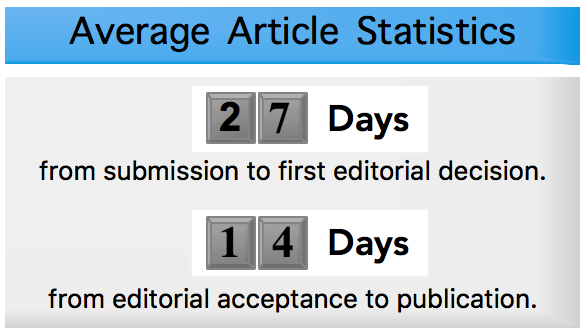Downloads
Abstract
Biotechnology’s fast development in expressing novel proteins has been substantially facilitated, particularly in the context of recombinant protein expression in bacteria. Currently, intracellular, secretory, and surface-displayed modes of protein expression are utilized in bacteria. However, the surface display of proteins in Gram-negative bacterial species is still limited by several factors. The challenges in protein expression on the surface of Gram-negative bacteria stem from the complex structure of their cell wall, which is composed of two membrane layers. Therefore, a suitable transport system is required for recombinant protein surface expression. Previous research has indicated that bacterial secretion systems are vital to their survival. In Gram-negative bacteria, secretion systems are classified into those that translocate across a single membrane and those that translocate across both membranes. While Sec and Tat are single-membrane translocation systems, the Type I secretion system (T1SS), Type II secretion system (T2SS), Type III secretion system (T3SS), Type IV secretion system (T4SS), Type V secretion system (T5SS), and Type VI secretion system (T6SS) are double-membrane translocation systems that facilitate the export of polypeptide chains synthesized within the cell to the external environment. In this overview, the distinctive features of each secretion system will be discussed, along with their potential applications for directing recombinant proteins onto the membranes using these systems.
Issue: Vol 9 No 1 (2025)
Page No.: In press
Published: Mar 31, 2025
Section: Review
DOI: https://doi.org/10.32508/stdjns.v9i1.1311
Online First = 138 times
Total = 138 times


 Open Access
Open Access 








